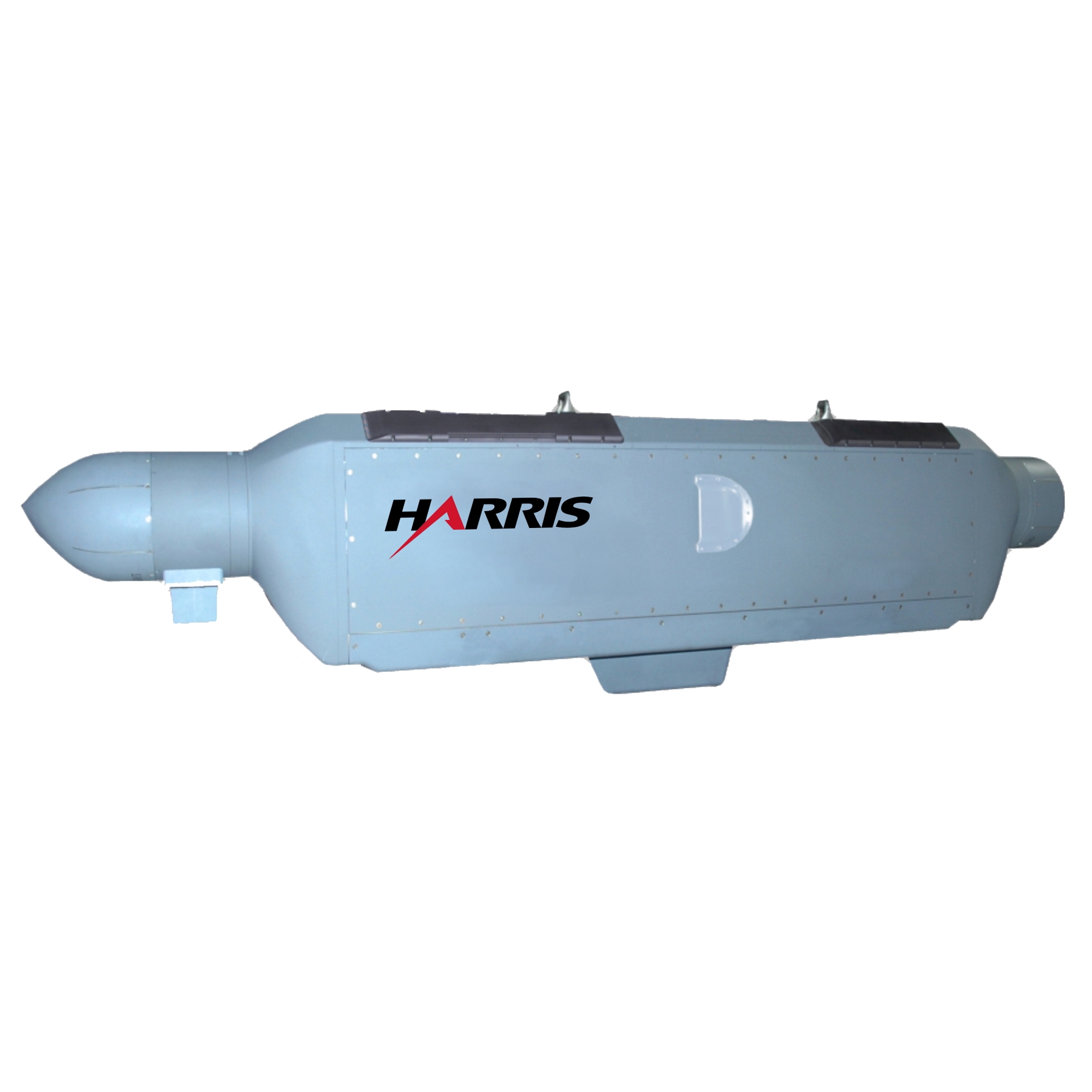Harris Corporation specializes in the development of RF circuits for electronic warfare and communications systems. The company recently conducted tests to assess manufacturing techniques known as conventional to new technologies (3D printing). The aim of this test was to demonstrate viability of 3D printed electronics compared to other manufacturing processes.

This study is part of a joint project with the Israel Innovation Authority and Space Florida Foundation, a partnership promoting research, development and the commercialization of aerospace and technology projects.
Traditional manufacturing techniques vs 3D printed electronics
Over time, mobility and performance of these circuits have been improved. However, these improvements remain particularly long and costly, resulting in a complex multi-stage process when using traditional fabrication techniques.
Harris Corp. has taken advantage of Nano Dimension’s DragonFly Pro 3D electronics printer to produce the functional circuits in a single print.
“Harris looked at the applicability of 3D printing for developing RF systems, and then designed, simulated and tested the 3D printed RF amplifier and compared it with an amplifier fabricated using conventional manufacturing techniques,” said Arthur Paolella, PhD, senior scientist, Space and Intelligence Systems, Harris Corporation. “Our results showed similar RF performance between the 3D printed version and the baseline amplifier, clearly demonstrating the viability of 3D printed electronics for RF circuitry.”
For Amit Dror, CEO of Nano Dimension, 3D printed electronics makes possible development of even smaller and lighter antennas that have rigid packaging integrated with flexible circuits, without the need for cables and connectors. Thanks to its conductive silver inks and dielectric inks, the 3D printer would be able to create functional electronic parts in a single print.
So far researches attest viability of 3D Printed Electronics for Rapid, Affordable Prototyping and Low-Volume Manufacturing of Antennas
Harris will present the full details of its findings at the IEEE Radio and Wireless Symposium in January.
For further information about 3D Printing, follow us on our social networks and subscribe to our newsletter!
Would you like to be featured in the next issue of our digital magazine? Send us an email at contact@3dadept.com
//pagead2.googlesyndication.com/pagead/js/adsbygoogle.js
(adsbygoogle = window.adsbygoogle || []).push({});





